Hello KSKOers!
I’m delighted to introduce to you and . We’re all a part of the wonderful community led by the inspirational . We got talking and realised that we had a common interest in mindfulness. I asked Sonaakshi and Tuğba to share their thoughts, ideas and advice with us to help smash the scepticism around mindfulness. We’ve developed 10 tips to help you incorporate mindfulness for a better working day.
We’re looking forward to having you on our learning journey!
One of the simplest and most accessible ways to develop self-awareness is to practice a little bit of mindfulness. How to develop self-awareness is a question I’m often asked. If you’re new to the practice of self-reflection, mindfulness is an excellent place to start. It can help you tap into the pace of your breathing and the rhythm of your heartbeat - which impacts your physiology and your behaviour.
Who’s Who?
🟠 Sonaakshi: is a mindfulness practitioner and graphic designer dedicated to helping others find peace and balance. Her curiosity and some hard-hitting incidents in life led her towards a journey of self-discovery and transformation. By sharing her journey with others, she hopes to make a positive impact, and encourage others to embrace mindfulness so they can live a more harmonious and fulfilling life. Sonaakshi writes Zingy Zen
🟣 Tuğba: is a Turkish-Greek artist living in Berlin. Balancing the demands of her work week at a tech company with her passion for creating art is a constant challenge. Disconnecting from the fast pace of corporate life and the numerous distractions to fully focus on writing or working on ceramics requires a mindful and deliberate shift in mindset. Her blog, As Slow as Possible explores the often-overlooked in-between spaces of our lives. She completed a two-year Mindfulness Teacher Training with Jack Kornfield and Tara Brach.
🟡 Nia: When people ask me how they can develop their self-awareness, I suggest that mindfulness and meditation is a great way to tune in to their breath and heartbeat, especially if they’re new to self-awareness. What are your thoughts on mindfulness as a way of developing self-awareness?
🟠 Sonaakshi: I have been practising mindfulness for over six years now and spent hundreds of hours doing meditation. Nothing has helped me more to know myself better. By introspecting, meditating, and doing regular body scans, one can understand their mental and physical states better.
🟣 Tugba: Most of us tend to live our lives on autopilot. We hardly ever take the time to explore our inner world. Being aware daily and engaging in meditation sometimes feels like waking up from a deep sleep. Observing our thoughts and feelings can make us more self-aware of our inner world. All we have to do is observe. My meditation teacher, Upul, used to say, "Be an outsider if you want to change the inside. You need to become an observer, not a controller, not a producer, not a director, but a spectator."
🟡Nia: Using three words, describe what mindfulness is:
🟠 Sonaakshi: “Gratitude, Calmness and Awareness.”
🟣 Tugba: “Clarity, Presence, Spaciousness.”
🟡 Nia: In episode 45 of The Knowing Self Knowing Others Podcast, I spoke to Anna Zannides about mindfulness and she raised concerns that people were focusing on the shiny part of mindfulness for relaxation and missing the more fundamental learning and self-awareness that comes from really understanding mindfulness. What do you think about how mindfulness is used, promoted and marketed in the modern age?
🟠 Sonaakshi: Just like Yoga, mindfulness too has been commercialised to some extent. You’ll find snake oil salesman in every nook and corner, especially over the internet. Mindfulness is mainly being promoted as a tool for relaxation and fixing insomnia but there is so much more to it. It’s a way to know yourself better so you can know everyone else around you better. It’s a way of life.
🟣 Tugba: I don't find it worrying as long as people do the work. If the shiny parts get people to meditate, so be it. Of course, mindfulness is so much more than relaxation, but even if it's only relaxation that someone gets out of it, that is also great.
🟡 Nia: People still think mindfulness and meditation are ‘woo woo’ and fluffy. What can you say to the non-believers to evidence its positive impact?
🟠 Sonaakshi: In addition to the several studies that state mindfulness encourages overall well-being, I’d say you have to try it yourself to see how it affects you. If you often find yourself feeling anxious, overreacting to situations, or having an explosive reaction, try pausing for a moment to take a few deep breaths. See how it feels. Notice the difference in your behaviour. Unless you have given mindful practices a fair chance, you shouldn’t call it a fluff.
🟣 Tugba: I think mindfulness and spirituality are often closely connected. The Buddhist aspect of mindfulness and the spiritual dimension may intimidate some people. However, I always advise people to forget about the teachings and the spiritual element and just spend 10 minutes each day observing their thoughts and emotions—just checking in with themselves.
🟡 Nia: What experiences have you had of mindfulness in workplace settings? What changes have you noticed?
🟠 Sonaakshi: I have found myself to be more patient, especially with difficult clients or high-pressure situations. I used to be frustrated and annoyed if something didn’t work out the way I wanted it to but with regular mindfulness practices, I have noticed a change in my overly negative emotions. It has also improved my focus and productivity to much extent.
🟣 Tugba: I have been able to stay calmer at my corporate job in the past years, and most importantly, I no longer have this unhealthy attachment to it. Meditation has taught me that everything is impermanent, and I find it helpful to apply this at work. No matter what comes my way, I know it will pass, too. I’m also a lot more empathetic towards my work colleagues.
🟡 Nia: In episode 43 of The Knowing Self Knowing Others Podcast, I spoke to Reiner Kraft about his model of mindfulness and we talked about mindful minutes and different ways to incorporate mindfulness into everyday activities. What suggestions do you have about how we can create more opportunities for mindfulness?
🟠 Sonaakshi: When you don’t have 30 minutes to meditate, try a 10-minute meditation. You can do it before sleep if mornings are too busy for you. I have been practising body scans (as a part of Yoga Nidra) every night before going to sleep and it has helped me sleep better and wake up less tired (even with a 17-month-old at home). Even 10 minutes of breathing exercises like alternate nose breathing and other forms of Pranayama can calm down your nervous system and encourage your overall well-being.
🟣 Tugba: Single-tasking! One way to incorporate it into daily life is to finish one task before starting another. It's tough, but doing things one by one is a beautiful way to be more mindful and focused on our daily activities. Alternatively, I also like to do a quick body scan before sleeping, simply by feeling the mattress on my back.
🟡 Nia: What are your thoughts on mindfulness and humanism in the workplace as we move into an ultra-digital age?
🟠 Sonaakshi: Mindfulness can help in increasing focus, productivity, and empathy in the workplace. It can help us build better connections with each other. In the age of digital overload which often causes anxiety, headaches, and a feeling of being overwhelmed, Mindfulness can help clear the mental clutter. It can bring positivity to the workplace and help employees in dealing with everyday stress.
🟣 Tugba: It can definitely help with burnout and overwhelm. Practising single-tasking, taking breaks, being kind to ourselves, setting boundaries, and being more empathetic are all benefits of practising mindfulness, which can also improve our productivity.
🟡 Nia: What are your top three recommendations for incorporating mindfulness into every day working life?
🟠 Sonaakshi:
Practice breathing exercises or short meditation during breaks. A simple act of closing your eyes for two minutes in between work, and taking a few deep breaths can reduce mental stress and bring clarity.
Take a short break if you’re getting tired of looking at your computer screen. Stare into a wall or look into abyss to give your eyes and mind some rest.
Listening to soothing music and being fully present, while doing any activity can also help in being more mindful while working.
🟣 Tugba:
Single-tasking is my number one recommendation. I still struggle with this! In a world that is promoting multitasking, single-tasking is the real deal.
Take 10 minutes in the morning to check in with yourself. Just sit and observe what is on your mind and how your body is feeling.
For those of us who work all day on our laptops, it's helpful to occasionally shift our attention to our feet touching the floor and how our buttocks feel on the chair. This brings us back to the present moment instantly.
10 Tips to Incorporate Mindfulness for a Better Working Day
When we put all of this together, how does it help us practically incorporate mindfulness to create a better working day? Here are 10 tips…
Start with Deep Breaths: Begin your day by taking a few deep, slow breaths. This helps you centre yourself and start your day from a place of calm. Just a minute of mindful breathing can reduce stress and prepare you for a more focused, productive day.
Set Intentions: At the start of your workday, take a moment to set clear, mindful intentions. Decide what you want to accomplish today. This can help you stay focused and aligned with your goals, and you’ll feel a sense of achievement when you sign off at the end of the day.
Body Scans: Throughout your day, pause for a quick body scan. Start from your feet and move up to your head, noticing any areas of tension or discomfort. This awareness can prompt you to stretch or adjust your posture, helping to stave off aches and stiffness.
Use Cues: Set up simple reminders, like phone alerts or sticky notes, to prompt you to come back to the present moment. These cues can be particularly helpful when you find your mind wandering or getting caught up in stress.
Mindful Listening: When engaging in conversations, practice giving your full attention to the other person. This means putting aside distractions and really listening. Mindful listening improves communication and helps build stronger connections with your colleagues. Maybe even put your phone somewhere else
Take Mindful Breaks: Regularly step away from your computer or workspace. Even a brief walk or a few minutes of stretching can reset your mind and body. It’ll help you keep your energy levels up and preventing you from burning out during the day.
Single-Task: In a world that values multitasking, try focusing on one task at a time. By giving your full attention to each task, you’ll work more efficiently and reduce mental fatigue, leading to higher quality results and less stress.
Get in to flow: Whether you're answering emails or working on a major project, try to be fully present with each task. By immersing yourself in what you're doing, you’ll increase your engagement and enjoyment in your work. Try and get to that flow state.
Practice Gratitude: Take a moment each day to reflect on something you're grateful for. This simple practice can shift your mindset, boost your mood, and help you maintain a positive outlook, even during challenging times. Try it out for a week and see what happens!
Mindful End: As your workday comes to a close, take a few moments to reflect on what you’ve accomplished during the day; even the small stuff. Practice deep breathing to release the day’s tension and transition smoothly into your personal time.
The Last Word
Mindfulness can be as simple as breathing. It doesn’t have to be intrusive and throw out your daily routine. It can be simply incorporated and modified to best suit your day, your time and your need for calm. Mindfulness can be yours alone or you can share it with others. Find the time and space to give yourself mindful moments every day to better deal with work place stress for the benefit of your health and wellbeing.
Events
Join me on 21st November for The Self-Awareness Superhighway: Charting Your Leadership Journey webinar from 4pm - 5pm London time (GMT). Join me to discover, explore and grow! Because you’re a newsletter subscriber, you can access the event for free via this Zoom Link. For everyone else, booking can be made via eventbrite and payment is by donation.
Become a Paid Subscriber
Get exclusive articles and excerpts from ‘The Self-Awareness Superhighway: Charting Your Leadership Journey’. You can subscribe for £4 per month or you can get 12 months for the price of 11, if you subscribe for a whole year!
Grow Your Show
If you’d like to advertise your services, resources and expertise on The Knowing Self Knowing Others Podcast or the Knowing Self-Aware Leadership Newsletter, you can now purchase perfect packages here. Terms and conditions apply!
Nia is an expert leader who talks the talk and walks the walk. She is an academically awarded thought leader in self-aware leadership and practices self-aware leadership every single day in her role as a Director in a Children’s Charity.
Find out more about Self-Aware Leadership by getting your very own copy of The Self-Awareness Superhighway now!









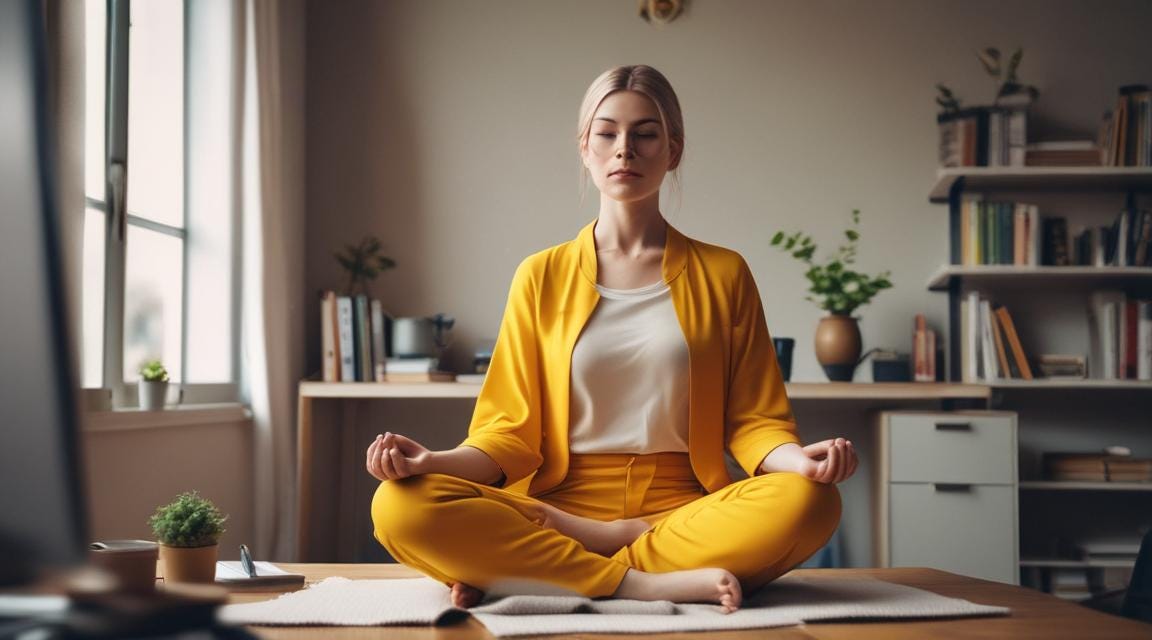
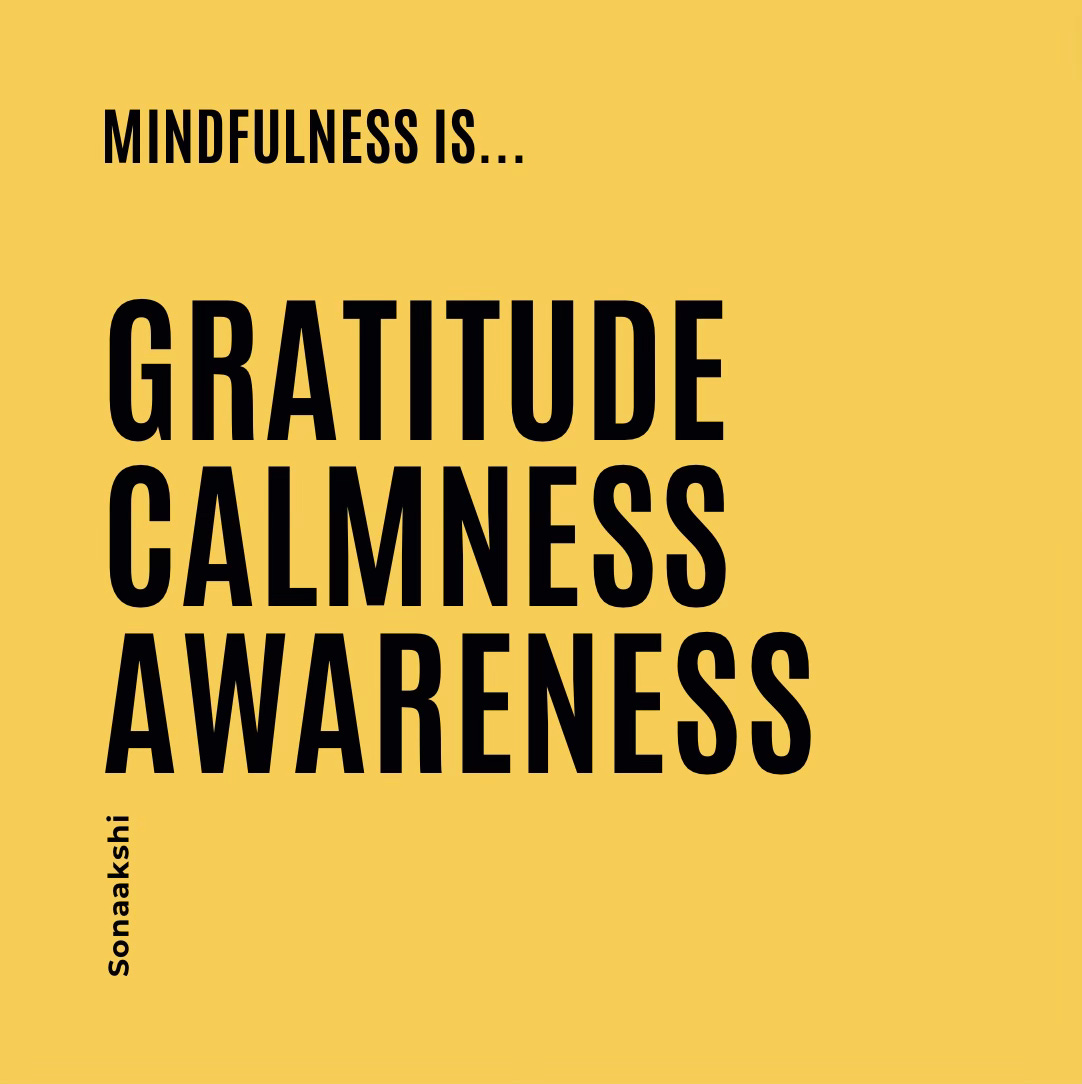



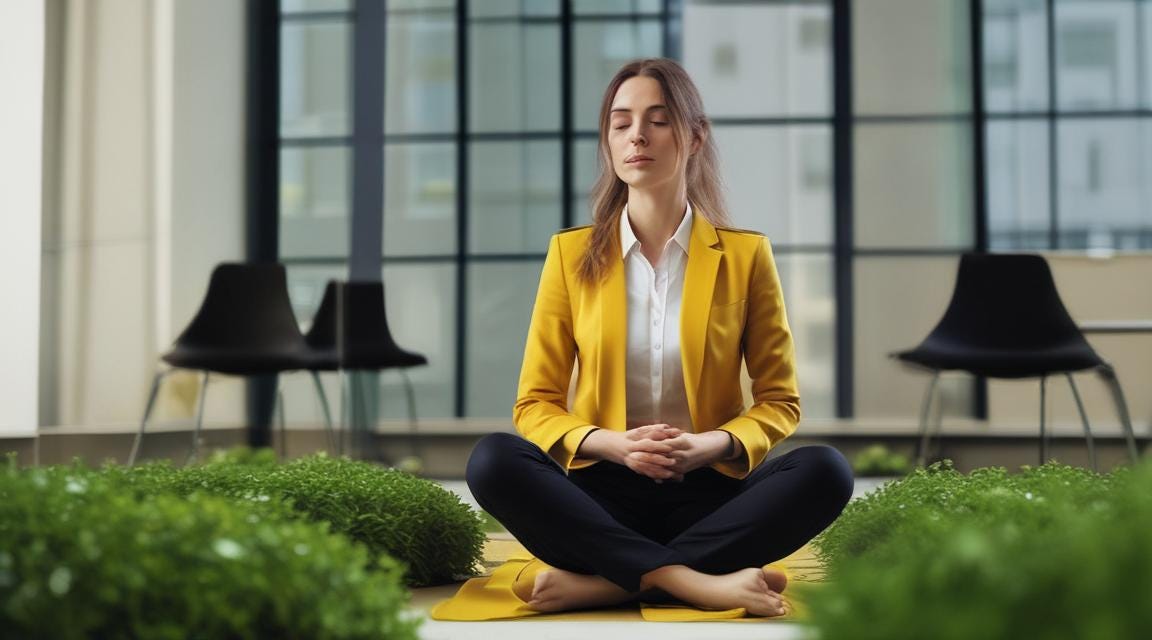

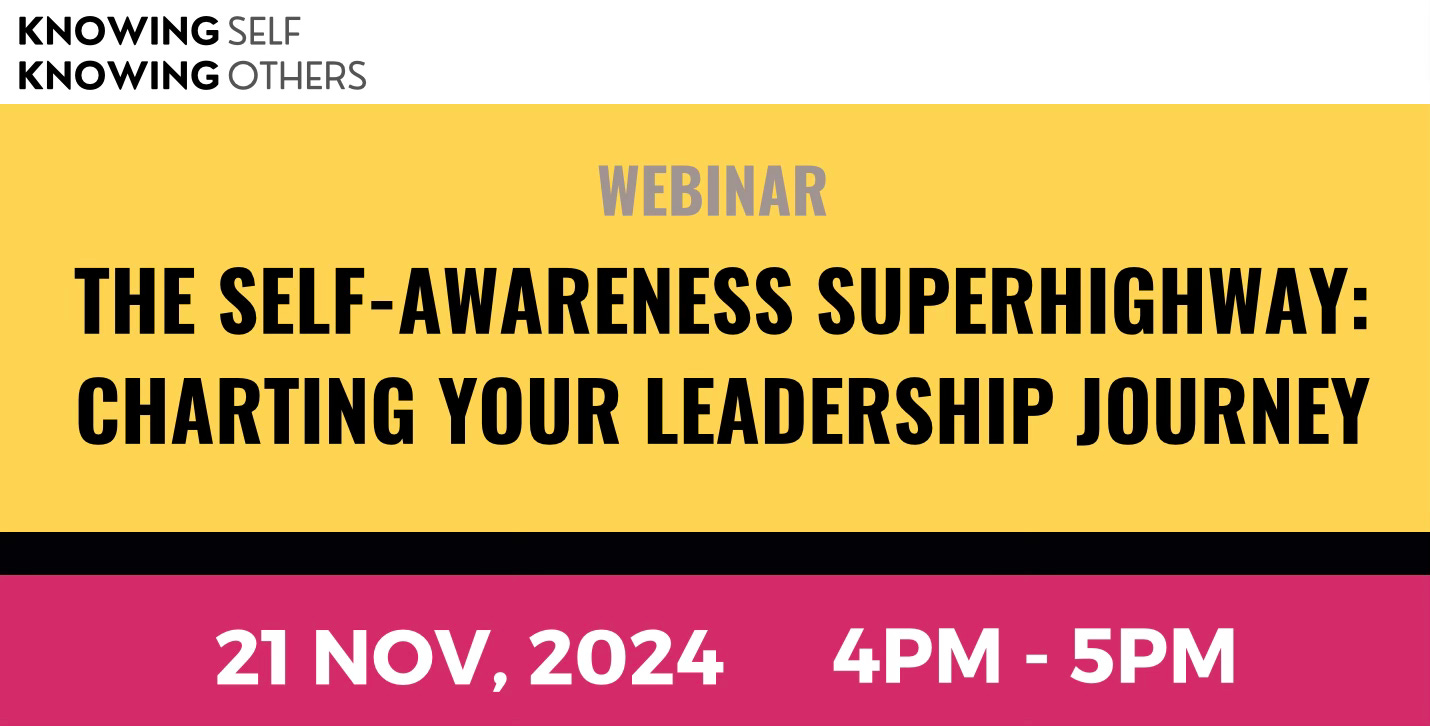
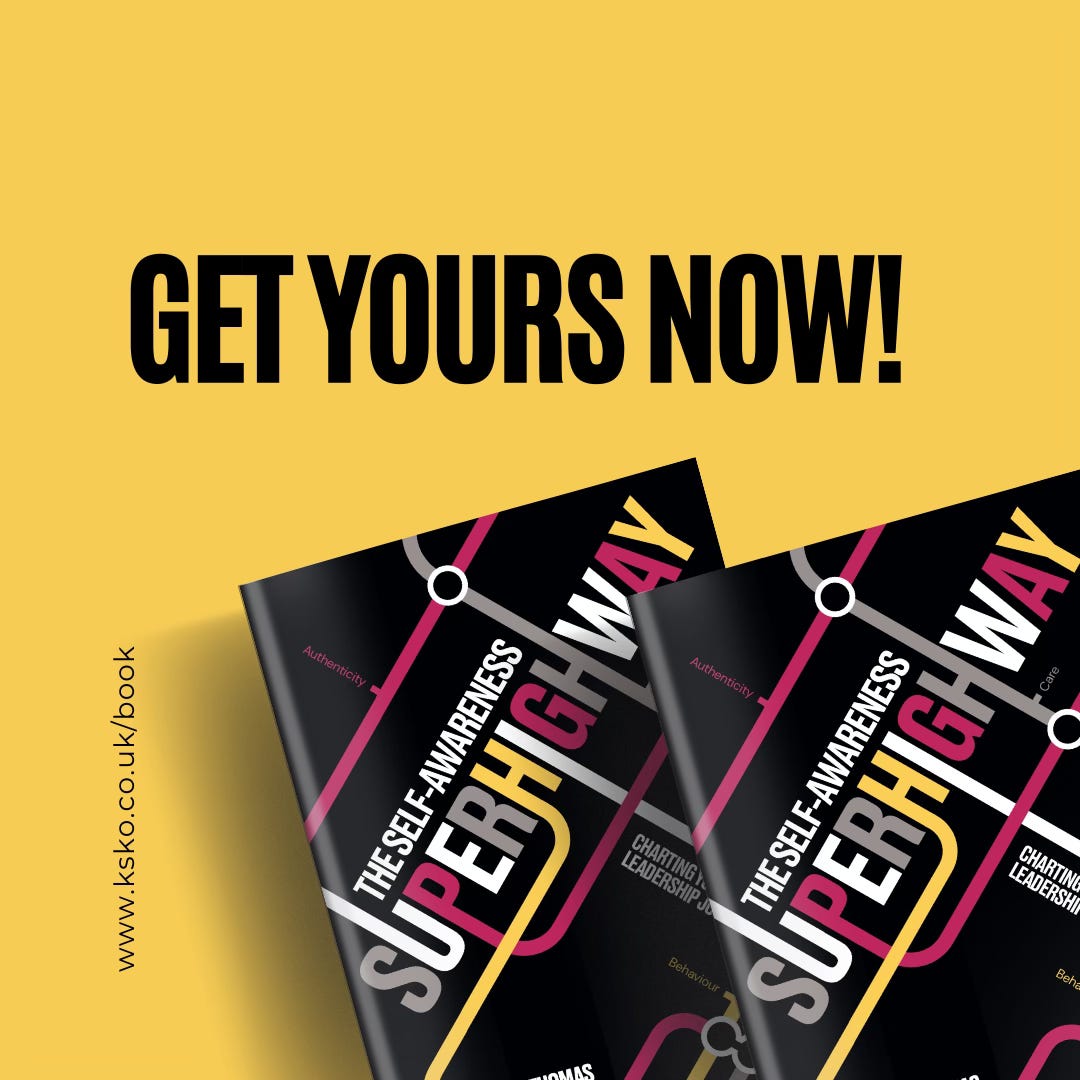





Share this post